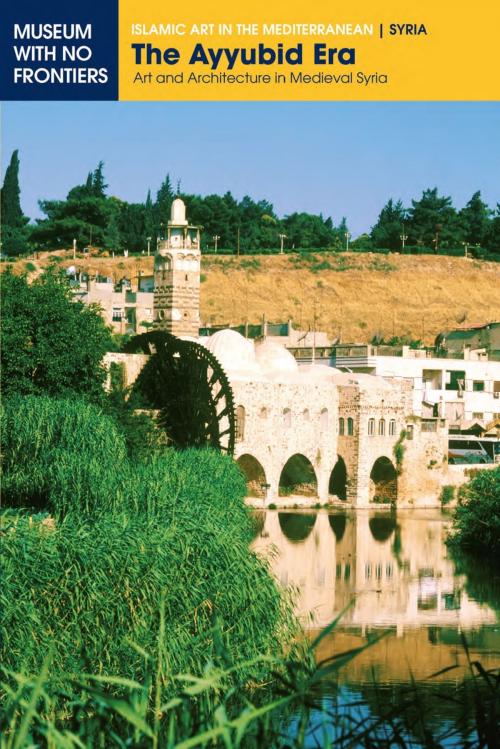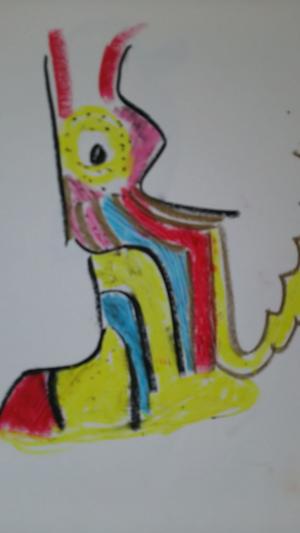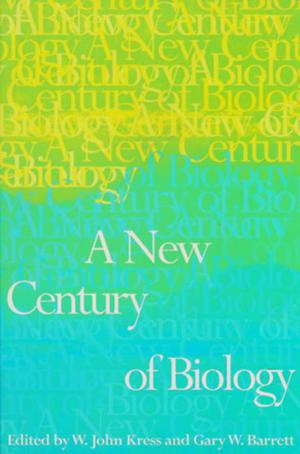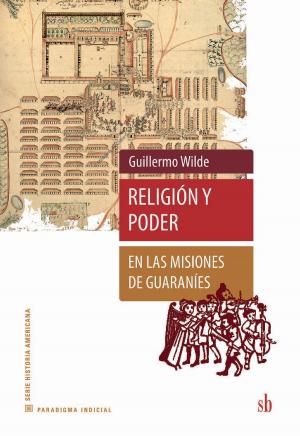The Ayyubid Era. Art and Architecture in Medieval Syria
Nonfiction, Art & Architecture, General Art, Travel, History| Author: | Abd al-Razzaq Moaz, Yasser Tabbaa, Zina Takieddine, Verena Daiber, Dina Bakkour, Wa'al Hafian, Haytham Hasan, Balázs Mayor, Benjamin Michaudel | ISBN: | 9783902782175 |
| Publisher: | Museum With No Frontiers, MWNF (Museum Ohne Grenzen) | Publication: | December 15, 2009 |
| Imprint: | Language: | English |
| Author: | Abd al-Razzaq Moaz, Yasser Tabbaa, Zina Takieddine, Verena Daiber, Dina Bakkour, Wa'al Hafian, Haytham Hasan, Balázs Mayor, Benjamin Michaudel |
| ISBN: | 9783902782175 |
| Publisher: | Museum With No Frontiers, MWNF (Museum Ohne Grenzen) |
| Publication: | December 15, 2009 |
| Imprint: | |
| Language: | English |
Now with Location Index!This new MWNF Travel Book was conceived not long before the war started. All texts refer to the pre-war situation and are our expression of hope that Syria, a land that witnessed the evolution of civilisation since the beginnings of human history, may soon become a place of peace and the driving force behind a new and peaceful beginning for the entire region. Bilad al-Sham testifies to a thorough and strategic programme of urban reconstruction and reunification during the 12th and 13th centuries. Amidst a period of fragmentation, visionary leadership came with the Atabeg Nur al-Din Zangi. He revived Syria’s cities as safe havens to restore order. His most agile Kurdish general, Salah al-Din (Saladin), assumed power after he died and unified Egypt and Sham into one force capable of re-conquering Jerusalem from the Crusaders. The Ayyubid Empire flourished and continued the policy of patronage. Though short-lived, this era held long-lasting resonance for the region. Its recognisable architectural aesthetic austere, yet robust and perfected survived until modern times. The Ayyubid Era: Art and Architecture in Medieval Syria describes eight thematic Itineraries including, among others, the cities of Damascus, Bosra, Homs, Hama, Aleppo and Raqqa.
Now with Location Index!This new MWNF Travel Book was conceived not long before the war started. All texts refer to the pre-war situation and are our expression of hope that Syria, a land that witnessed the evolution of civilisation since the beginnings of human history, may soon become a place of peace and the driving force behind a new and peaceful beginning for the entire region. Bilad al-Sham testifies to a thorough and strategic programme of urban reconstruction and reunification during the 12th and 13th centuries. Amidst a period of fragmentation, visionary leadership came with the Atabeg Nur al-Din Zangi. He revived Syria’s cities as safe havens to restore order. His most agile Kurdish general, Salah al-Din (Saladin), assumed power after he died and unified Egypt and Sham into one force capable of re-conquering Jerusalem from the Crusaders. The Ayyubid Empire flourished and continued the policy of patronage. Though short-lived, this era held long-lasting resonance for the region. Its recognisable architectural aesthetic austere, yet robust and perfected survived until modern times. The Ayyubid Era: Art and Architecture in Medieval Syria describes eight thematic Itineraries including, among others, the cities of Damascus, Bosra, Homs, Hama, Aleppo and Raqqa.















